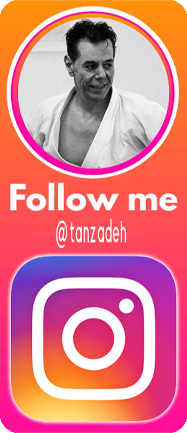Chōmo Hanashiro (1869–1945) was one of the most influential Okinawan karate masters of the Meiji and Taishō eras. Born in Shuri, Okinawa, Hanashiro grew up in the cultural heart of the Ryukyu Kingdom’s martial traditions. From a young age, he trained under Matsumura Sōkon, the great master of Shuri-te, and later became one of the most senior and trusted students of Ankō Itosu, the man often credited with introducing karate into the Okinawan school system. Hanashiro’s deep foundation in both classical and evolving karate traditions positioned him as a critical link between old and new.
One of Hanashiro’s most lasting contributions was his role in the modern naming of karate. In 1905, when karate was being introduced into Okinawan schools, Hanashiro was among the first to write the word “karate” (空手) using the characters for “empty hand” rather than the older form “China hand” (唐手). This change reflected a philosophical shift — moving karate toward a more universal, Japanese cultural identity rather than one solely rooted in its Chinese origins. This symbolic gesture was eventually adopted widely and helped form the basis for how karate is known around the world today.
A strict and principled man, Hanashiro was known for his deep commitment to kata and preserving the technical and moral integrity of the art. He emphasized precision, posture, and proper breathing, and he resisted attempts to water down or commercialize karate as it gained popularity on mainland Japan. His teaching style was intense but highly respected, and he produced several students who would go on to influence modern karate, including Chōshin Chibana (founder of Kobayashi Shōrin-ryū).
Hanashiro was also a close associate of other great masters of his time, including Kenwa Mabuni and Chōjun Miyagi. Though he belonged primarily to the Shuri-te lineage, he supported the idea of preserving and promoting Okinawan karate in a unified way. His efforts to document, refine, and teach karate in a structured educational setting helped elevate its status not only as a method of self-defense but also as a discipline for personal development and character cultivation.
Master Chōmo Hanashiro passed away in 1945 during the final stages of World War II, but his legacy lives on in the terminology, traditions, and philosophy of modern karate. He is remembered as a guardian of tradition, a man of great cultural pride, and a pivotal figure in the evolution of karate from an underground Okinawan art to a respected martial discipline practiced around the world.






